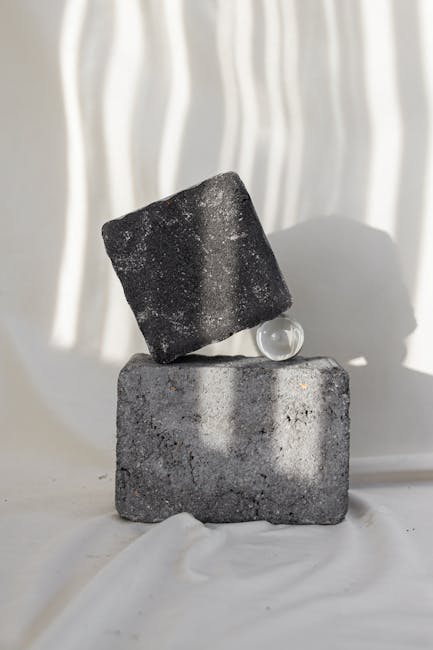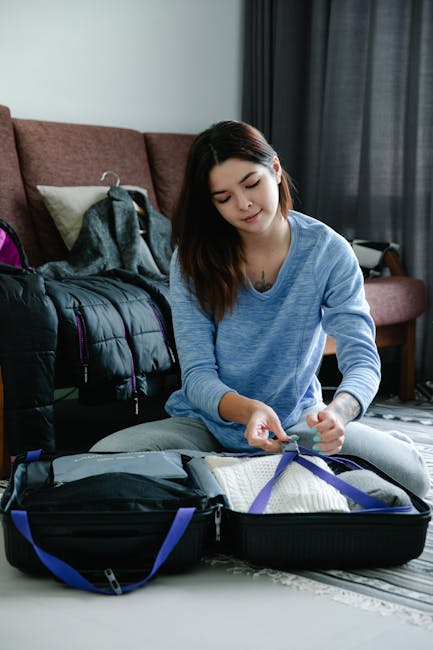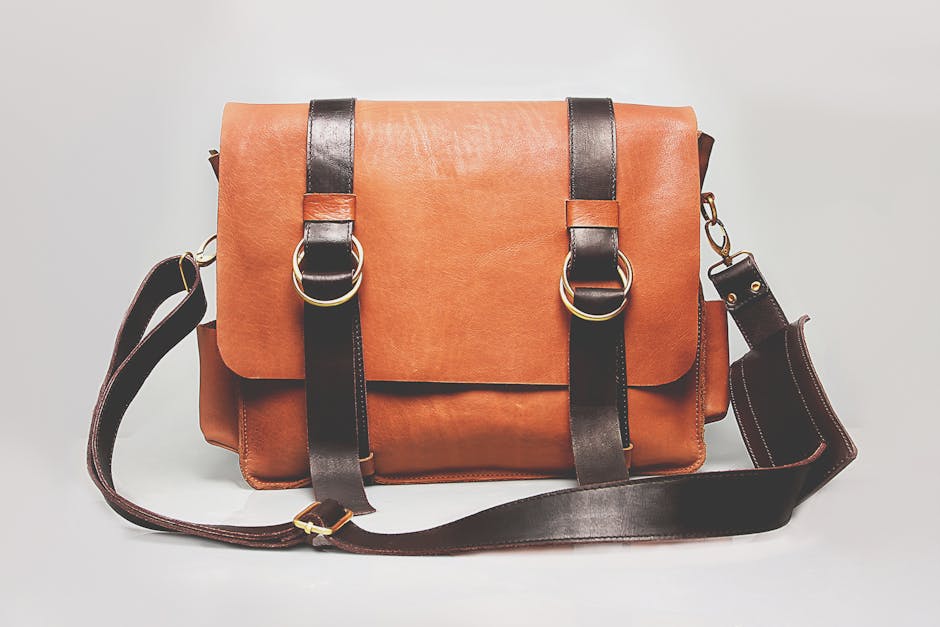How to Combine Repurposed Materials with Modern Design Elements
Introduction
In an era of increasing environmental awareness and a desire for unique spaces, combining repurposed materials with modern design elements has emerged as a powerful trend. This approach not only reduces waste and promotes sustainability but also adds character, depth, and a story to your interior design. By thoughtfully integrating reclaimed wood, recycled metals, and other upcycled treasures with sleek, contemporary features, you can create a truly one-of-a-kind home that reflects your values and personal style.
Blending Old and New: Key Strategies
Understanding the Principles of Juxtaposition
The magic happens when you intentionally contrast the old and new. Think about these pairings:
- Rough vs. Smooth: Pair a raw, reclaimed wood table with polished concrete floors.
- Organic vs. Geometric: Contrast the natural curves of a driftwood sculpture with the clean lines of a minimalist sofa.
- Rustic vs. Refined: Use aged brick as a backsplash in a modern, stainless steel kitchen.
Selecting the Right Repurposed Materials
The key is to choose materials that complement your modern design aesthetic. Consider these options:
- Reclaimed Wood: Perfect for accent walls, furniture, and flooring. Look for unique grains and patinas.
- Recycled Metal: Use it for lighting fixtures, hardware, or even structural elements.
- Upcycled Glass: Transform old bottles and jars into decorative vases, lighting, or artwork.
- Salvaged Bricks: Ideal for creating rustic fireplaces, walls, or outdoor patios.
Integrating Modern Design Elements
Modern design emphasizes clean lines, functionality, and a minimalist aesthetic. Here’s how to incorporate these elements:
- Clean Lines and Simple Silhouettes: Opt for furniture with simple shapes and uncluttered designs.
- Neutral Color Palettes: Use a base of neutral colors like white, gray, and beige to create a calming and sophisticated backdrop.
- Statement Lighting: Invest in modern lighting fixtures that serve as focal points.
- Focus on Functionality: Prioritize practical and efficient layouts that maximize space.
Finding the Balance: Avoiding Clutter
The goal is to create a cohesive and visually appealing space, not a junkyard. Keep these tips in mind:
- Edit ruthlessly: Only incorporate repurposed items that truly add value and enhance the design.
- Create focal points: Don’t overcrowd the space with too many repurposed items. Let a few key pieces stand out.
- Maintain a consistent style: Ensure that the repurposed materials and modern elements complement each other in terms of color, texture, and overall aesthetic.
Practical Examples and Inspiration
A Reclaimed Wood Headboard in a Modern Bedroom
Imagine a sleek, minimalist bedroom with crisp white linens and a streamlined platform bed. Adding a headboard made from reclaimed barn wood introduces warmth, texture, and a touch of rustic charm, creating a beautiful contrast with the modern aesthetic.
Recycled Metal Lighting in a Contemporary Living Room
A modern living room with polished concrete floors and a neutral color palette can be enhanced by incorporating lighting fixtures made from recycled metal. The industrial aesthetic of the metal adds an edge to the space while complementing the contemporary design.
Upcycled Furniture in a Minimalist Dining Room
Instead of buying a brand new dining table, consider using a repurposed wooden door as the tabletop. Paired with sleek metal legs, this creates a unique and eye-catching piece that adds character to a minimalist dining room.
Conclusion
Combining repurposed materials with modern design elements is a rewarding way to create a sustainable, unique, and stylish home. By understanding the principles of juxtaposition, carefully selecting materials, and maintaining a focus on functionality and balance, you can transform your space into a true reflection of your personality and values. Embrace the beauty of imperfection, celebrate the stories behind reclaimed treasures, and let your creativity shine.














Post Comment